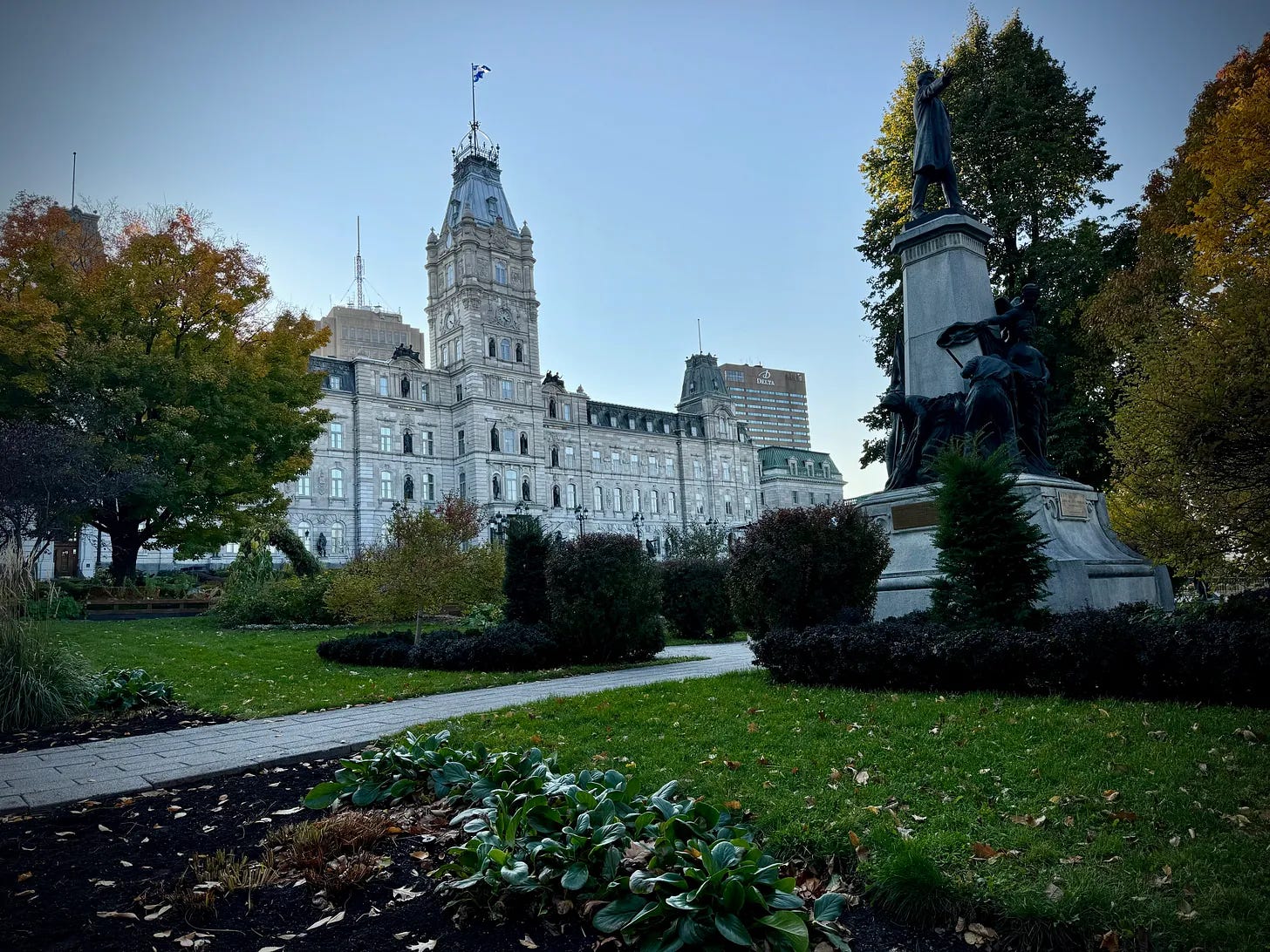The other national capital
L’aménagement autour de l’Assemblée nationale bat l’autre capitale à plate couture.
People visit Quebec City for all kinds of reasons, not the least of which is that it’s the closest you can get to Europe without leaving the continent.
For this piece I want to focus on one important part that has nothing to do with ancient history: How three levels of government have somehow managed to create a space around the legislative buildings that not only reflects the pride Quebecers have for their institutions of governance but works brilliantly as a welcoming, multi-purpose public space without the aforementioned three levels of government making a mess of things. Like, say, in the other national capital where I spend most of my time.
Earlier this week I met with Senator Andrew Cardozo who put together a small group of experts and politicians (and this professional loudmouth) to discuss the future of Wellington Street. How to make the space in front of the Peace Tower a place for people. Something we could all be proud of, instead of yet another uninspiring car sewer (my words, not Cardozo’s; his can be found here, or here).
Unsurprisingly, we wound up debating multi-jurisdictional issues that are legendary for jamming any kind of progress in this town. And yet — the National Capital Region should be a place people from other parts of the country (and other countries) flock to experience the best Canada has to offer. At least we could make the effort to create a space — a sort of loop — centred around legislative buildings on the Ottawa side and the lovely national museums and such on the Gatineau side.
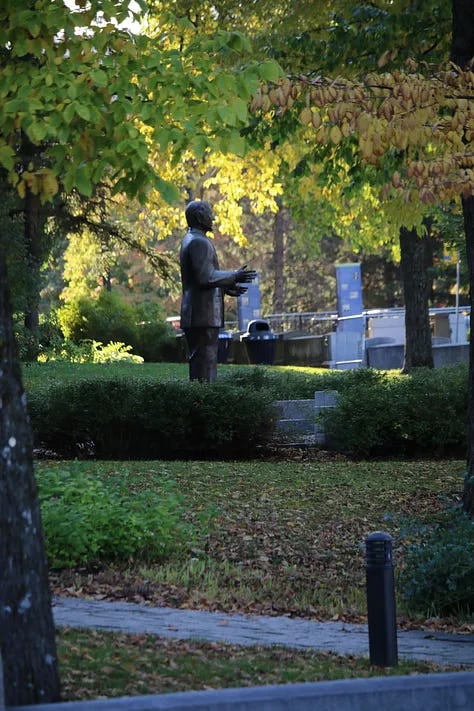
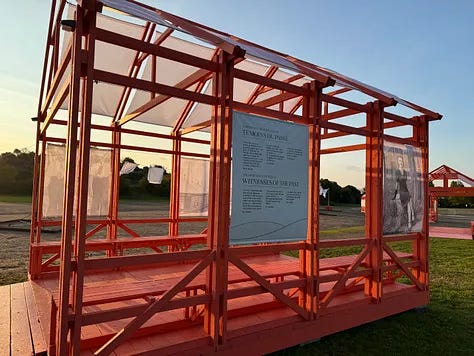
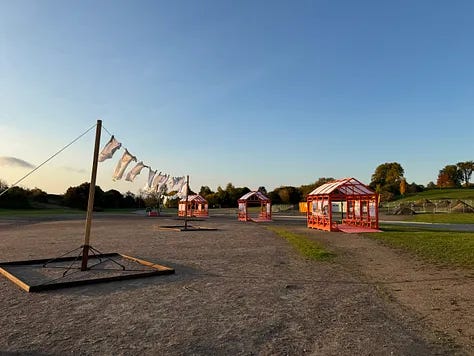
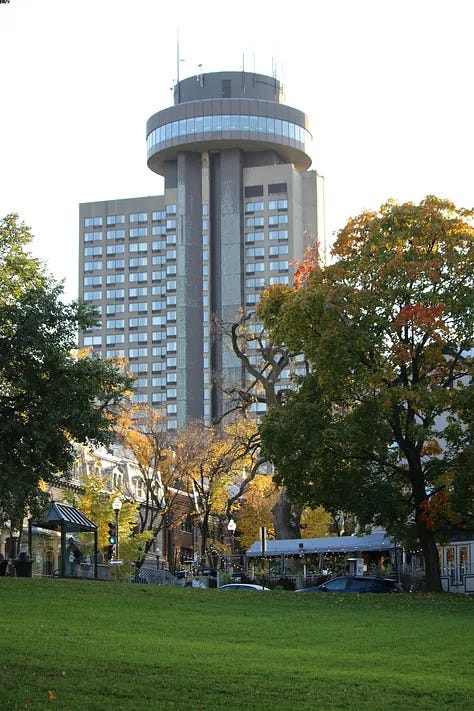
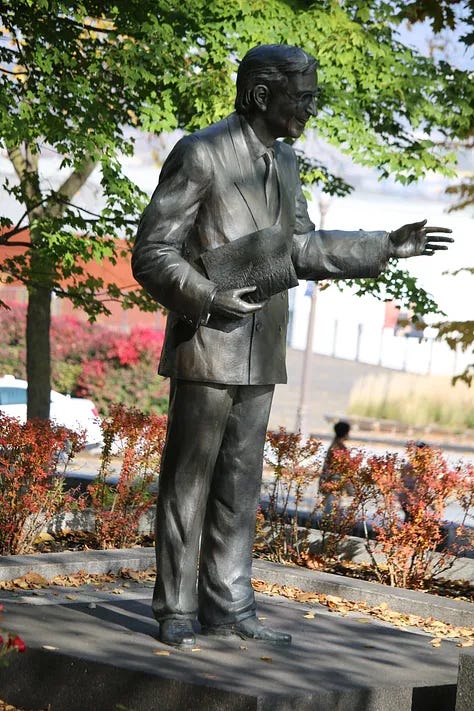
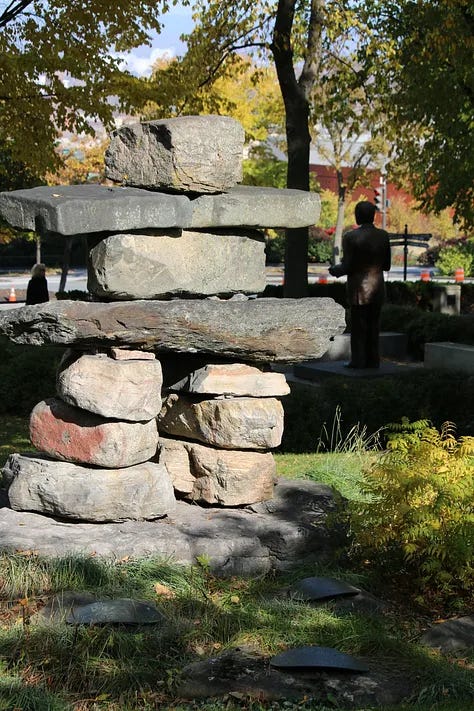
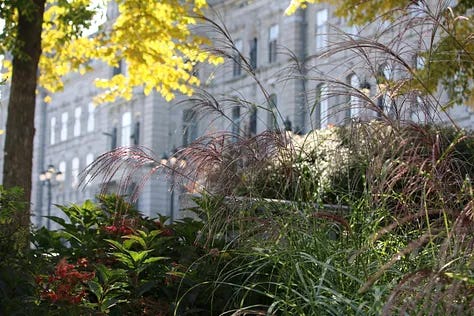

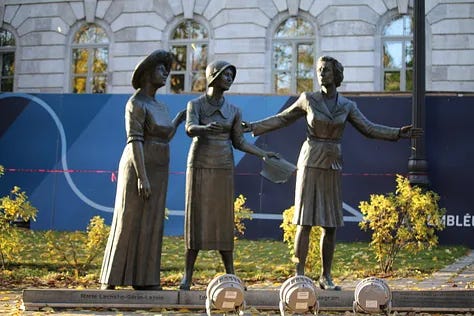
In Quebec City you have the municipal government, the provincial government and the feds (there’s the Citadelle and that little bit of land known as the Plains of Abraham) that, together, have somehow managed to create a beautiful, inviting, inclusive space.
It didn’t happen without mistakes or idiocy. Like everywhere in the 1960s people obliterated a bunch of historical buildings to put in ugly concrete blocks like the Complexe G and the one people call, unironically, le bunker because it looks like a tank that hasn’t had its morning coffee.
But for all that, the area around the National Assembly is clearly designed with great care to make it as people-friendly as possible. Like cities of a similar vintage, it has work to do to be fully accessible to people living with disabilities. The fact that it’s on a hill doesn’t exactly help make this easier. But it’s showing us how people from various jurisdictions can successfully work together to create a capital space everyone can be proud of.
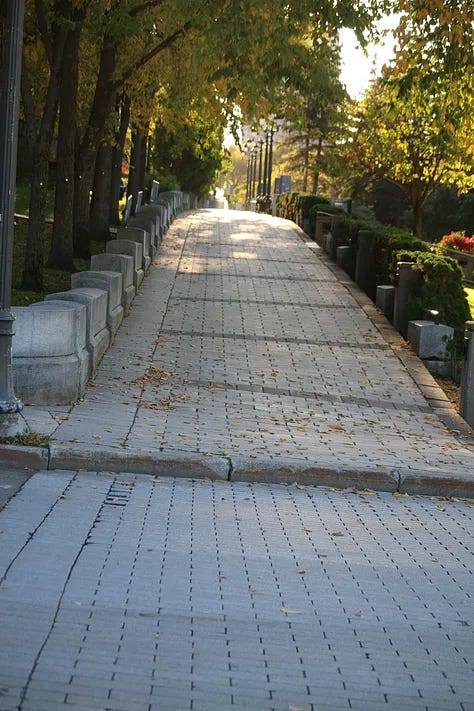
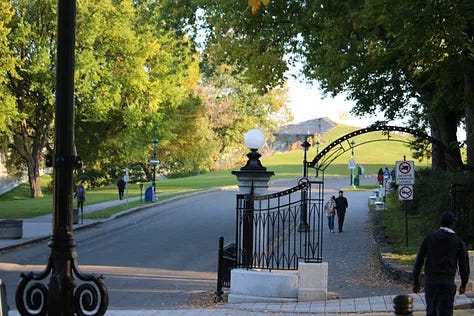
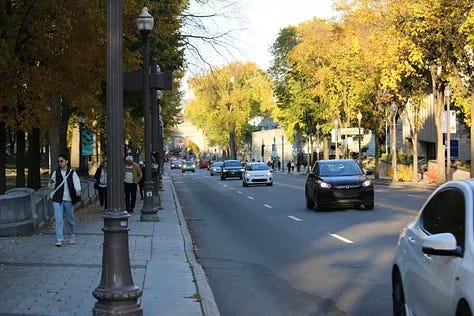
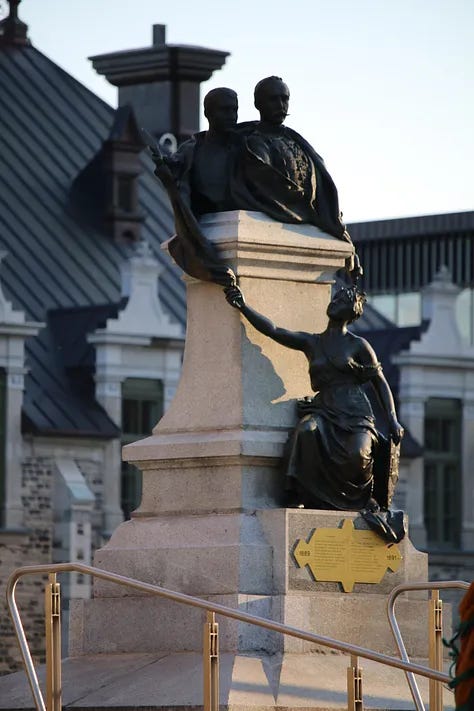
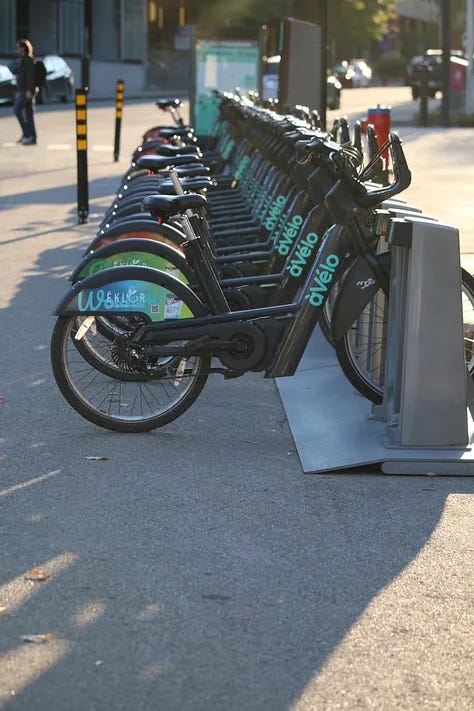
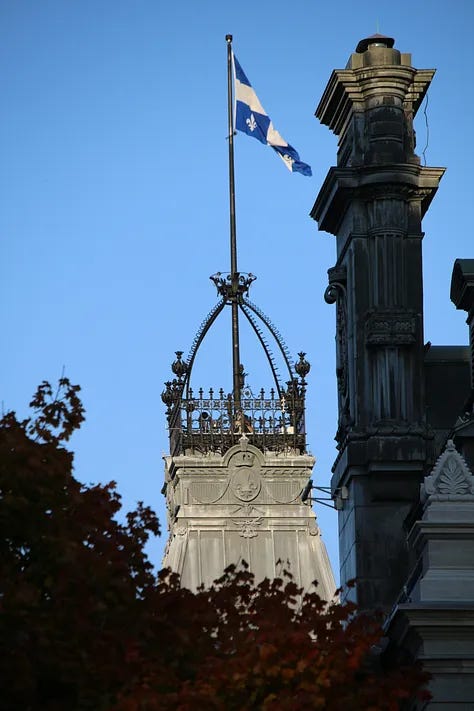
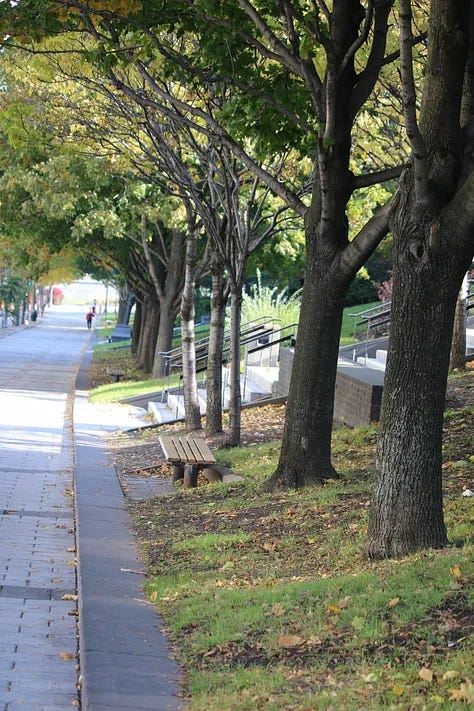
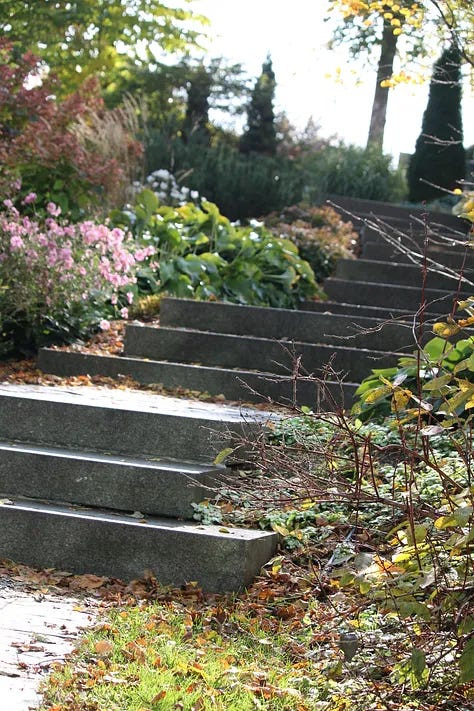
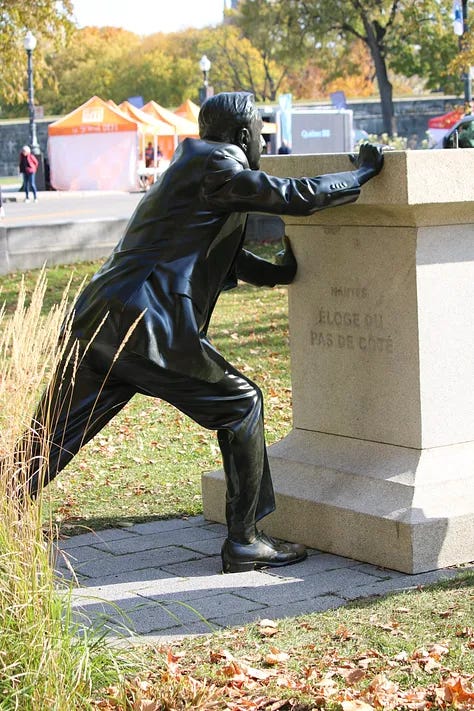
Le gouvernement fédéral se targue d’être représentatif et inclusif mais maudit qu’on a de la misère à s’entendre pareil. Par exemple, on ne réussit pas à créer un aménagement décent de la rue en face du Parlement, qui n’est rien de mieux qu’un vulgaire boulevard à chars.
Chaque fois que quelqu’un présente une idée pour rendre l’espace moins hostile aux humains, il y un problème. La sécurité des politiciens. La congestion au centre-ville. Les coûts d’aménagement d’une promenade piétonnière. Si on enlève les chars comment pourra-t-on s’assurer que les véhicules d’urgence (feu, police, ambulance) puissent se rendre rapidement là où on a besoin d’eux?
Et puis les querelles juridictionnelles qui n’en finissent plus. La rue Wellington appartient à la ville, donc les deux autres paliers ne peuvent rien faire sans son aval. Et que fait-on de la Commission de la capitale nationale? Devrait-on consulter (ou mieux, inclure) les gens de Gatineau et du gouvernement du Québec étant donné que la capitale du pays se trouve pratiquement sur la ligne entre le Québec et l’Ontario?
On tergiverse depuis des décennies et rien ne s’améliore. Les gens refusent de se promener sur Wellington parce qu’on ne s’y sent pas en sécurité à pied ou en vélo. Alors il y a juste les chars, les autocars et les gros trucks sales. Déprimant comme c’est pas permis.
À Québec (historiquement la première capitale nationale toujours en poste dans son emplacement plus ou moins originel), on s’est sans doute crêpé le chignon entre divers niveaux de gouvernement mais bon sang de bonsoir on a quand même trouvé le moyen de faire de la Colline parlementaire un endroit où il fait bon se promener, peu importe le moyen de transport. Et que je sache, l’endroit n’est pas moins sécuritaire pour les politiciens.
Quand on veut, on peut.


